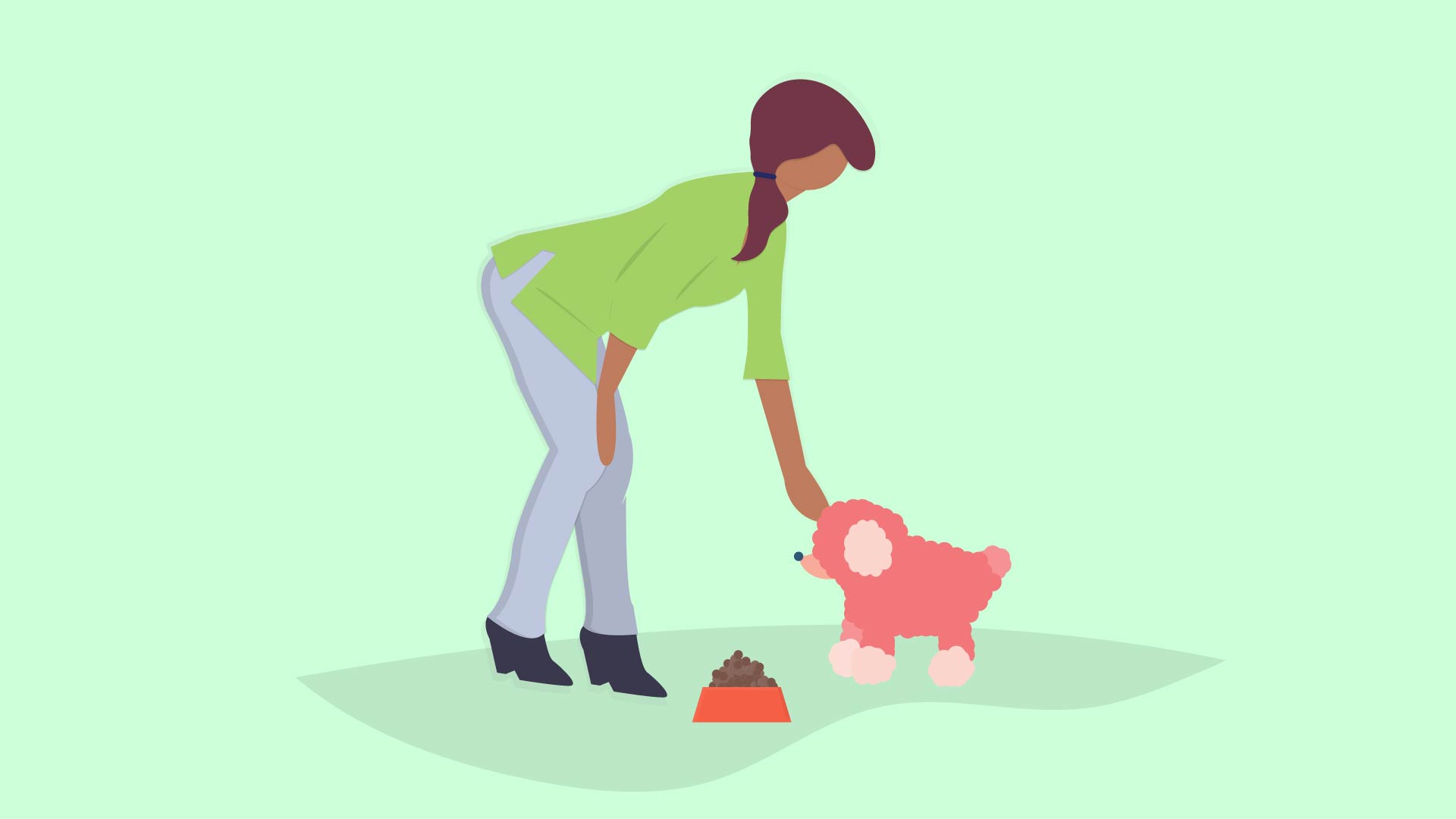Dogs can follow verbal and physical cues of their trainers better than any other animal. They make great companions exactly because they are so good at tracking human behavior, perhaps even human mental states from subtle physical cues. That begs the question – just how discerning are they when it comes to human intentions?
A recent study by Britta Schünemann et al. examined whether dogs can distinguish 2 categories of human behavior – Intentional and unintentional. To do this, they compared the reactions of dogs (N = 51) to an experimenter withholding a reward, intentionally versus unintentionally.
“The dogs were separated from the experimenter by a transparent partition wall. The experimenter administered rewards to the dog through a gap in the partition.”
In the first condition (unwilling–condition), the experimenter suddenly withdrew the reward that the dog was expecting and placed it in front of herself. In the second condition (unable-clumsy condition), the reward “accidentally” fell out of her hand before it could reach the dog, and in the third (unable-blocked condition) she tried but was unable to pass the reward to the dog since the gap in the partition was blocked.
Researchers found that the dogs reacted differently when the experimenter withheld the reward intentionally, compared to when she did so unintentionally. For instance, dogs waited significantly longer before they went around the partition and approached a reward that the experimenter had withheld intentionally than a reward that had accidentally fell out of her hand or a reward that she was unable to give the dog because of the obstacle.
“When the experimenter intentionally withholds the reward, the dogs should hesitate to approach it (because they predict they will not receive it). In contrast, when she withholds it unintentionally, it is safe to approach the reward right away (because the dogs are actually supposed to have it).”
The dogs that sat or lay down after the reward was withheld did so predominantly (65%) in the unwilling condition. Dogs that stopped wagging their tails after the reward was withheld also did so predominantly (78%) in the unwilling condition. This suggests, according to the researchers, that the dogs “were able to distinguish between the experimenter’s intentional and unintentional actions”.
The ability to track the intentions of others is very important for social animals. Having the ability helps improve group cohesion. For example, it helps avoid conflict when mistakes are perceived by both parties as having been made unintentionally. It is surprising that some animals can do this cross-species, and distinguish between intentional and unintentional human behavior. Chimpanzees, African grey parrots, capuchins, Tonkean macaques, and horses are known to be able to do this.
Read more about the study by Britta Schünemann, Judith Keller, Hannes Rakoczy, Tanya Behne & Juliane Bräuer here.







